The peace lily (Spathiphyllum) is one of the most beloved houseplants worldwide — and it’s easy to see why. With its lush, deep green leaves and graceful white blooms, this elegant plant instantly elevates the look of any space. More than just a pretty face, the peace lily is also known for its air-purifying abilities, making it a favorite in homes and offices alike.
If you’ve recently brought one home or are thinking about adding this beauty to your plant collection, it’s important to know how to care for it properly. In this detailed guide, we’ll walk you through everything you need to know to take care of a peace lily plant successfully — from choosing the right spot to watering, feeding, troubleshooting, and more.
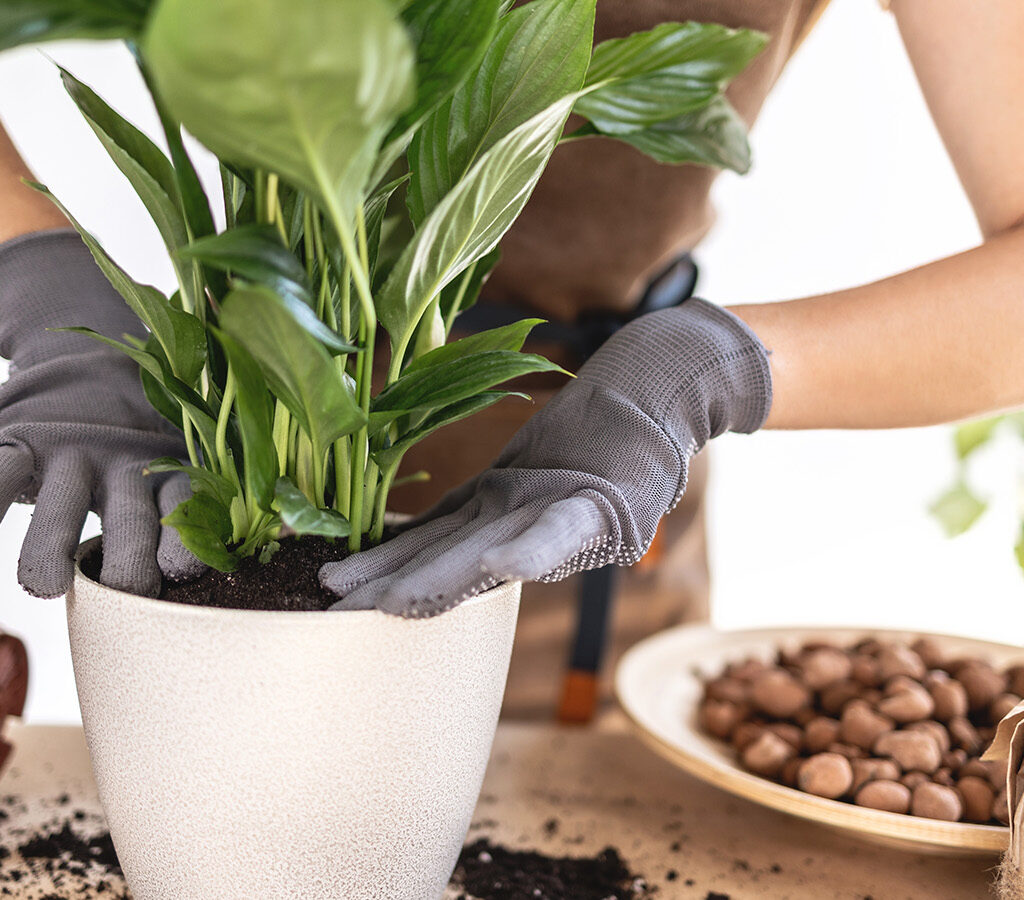
Why Choose a Peace Lily?
Before we dive into care instructions, let’s understand why peace lilies are such a popular choice:
- Low-maintenance: Ideal for beginners and busy plant parents.
- Air-purifying: Peace lilies remove toxins like formaldehyde, benzene, and carbon monoxide from indoor air.
- Year-round beauty: With rich foliage and elegant white blooms.
- Thrives in low to medium light: Perfect for indoor spaces where direct sunlight is limited.
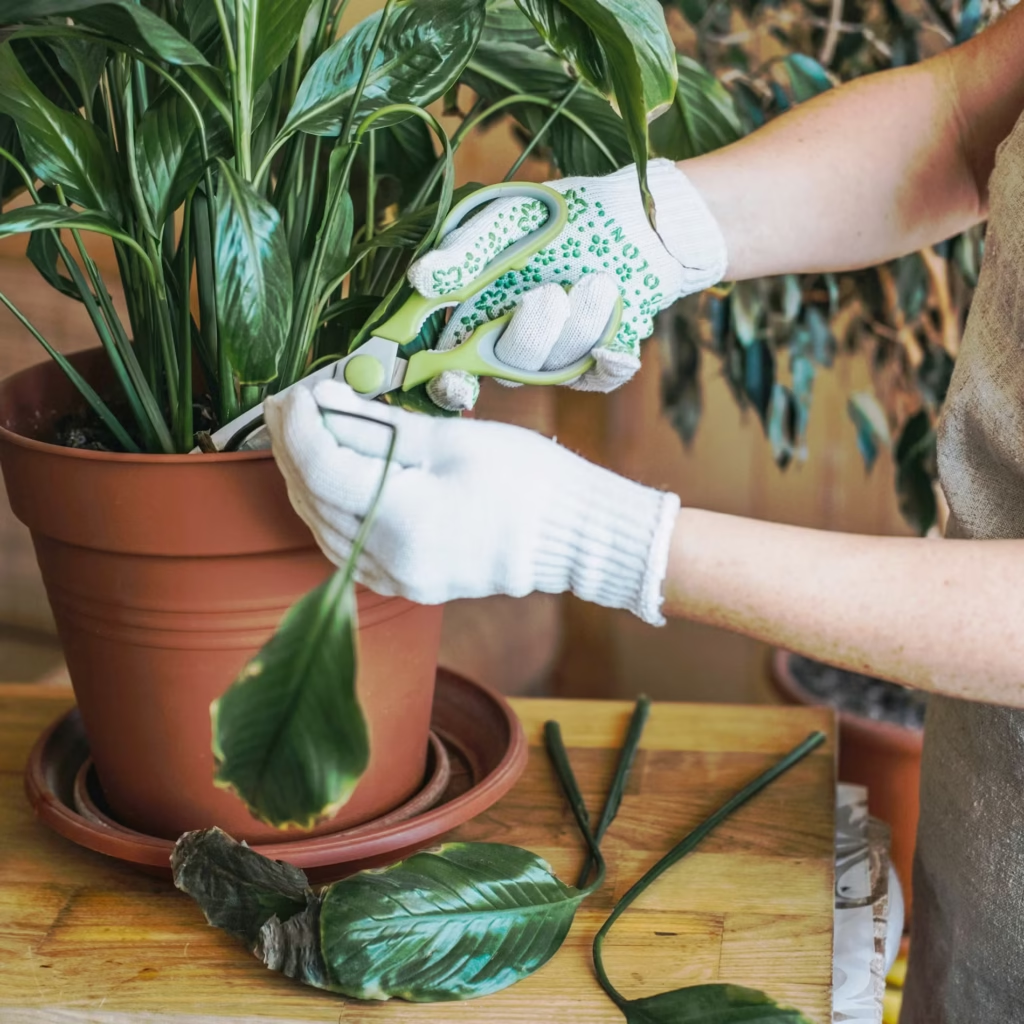
Understanding the Peace Lily Plant
Native to the tropical rainforests of Central and South America, peace lilies prefer warm, humid conditions and indirect light. The white “flowers” aren’t actually petals but modified leaves called spathes, surrounding a small spike-like structure called a spadix.
Knowing its natural habitat gives you clues about how to care for it successfully indoors.
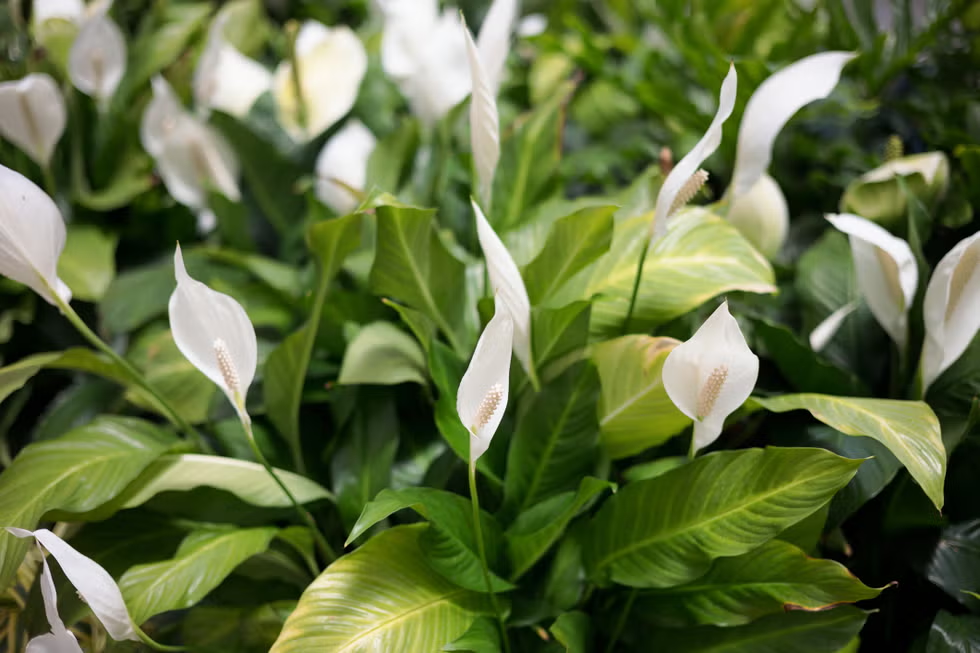
Choosing the Right Spot
The first step to a thriving peace lily is choosing the ideal location.
Lighting Needs
- Bright, indirect light is best. Avoid direct sun, which can scorch the leaves.
- Peace lilies can tolerate low-light conditions, though they may produce fewer flowers.
Tip: Place your peace lily near an east or north-facing window or several feet away from a bright south or west-facing window.
Temperature and Humidity
- Ideal temperature: 65–85°F (18–29°C).
- Avoid drafts, sudden temperature changes, and cold windows in winter.
- Prefers high humidity — you can mimic this by misting the leaves or using a pebble tray with water.
Efficient Care Idea: Group your peace lily with other humidity-loving plants to create a microclimate.
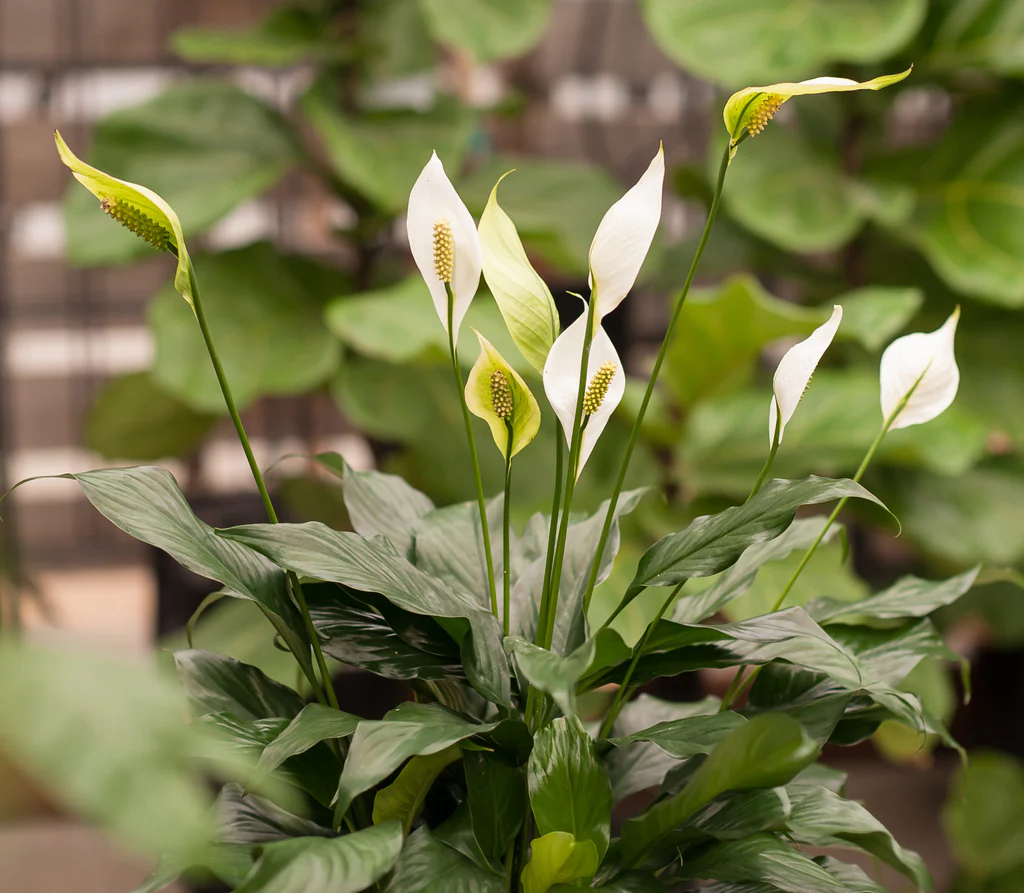
How to Water a Peace Lily Properly
Watering is one of the most crucial parts of peace lily care — and also where many plant owners go wrong.
When to Water
- Water when the top 1 inch of soil feels dry to the touch.
- In warmer months, this might be once a week; in cooler months, less frequent.
Pro Tip: Peace lilies will droop dramatically when thirsty — it’s their natural indicator! Don’t let them wilt too often, as it stresses the plant.
How to Water
- Use room-temperature, filtered, or distilled water.
- Water thoroughly until it drains from the bottom, then empty the saucer.
- Avoid letting the plant sit in standing water, as this causes root rot.
Bonus Tip: Peace lilies are sensitive to chlorine and fluoride. If using tap water, let it sit out overnight to allow these chemicals to evaporate.
Soil and Repotting
Peace lilies prefer well-draining, peat-based potting soil.
Best Soil Mix
- A mix of one part potting soil, one part perlite, and one part peat moss ensures good aeration and moisture retention.
Repotting
- Repot every 1–2 years in spring when roots become crowded or growth slows.
- Choose a pot one size larger than the current one.
- Refresh the soil during repotting to supply new nutrients.
Fertilizing for Healthy Growth
While peace lilies aren’t heavy feeders, occasional fertilizing helps promote vibrant leaves and blooms.
When to Fertilize
- During active growth in spring and summer, fertilize every 6–8 weeks.
- Avoid fertilizing in winter when the plant’s growth naturally slows.
What to Use
- Use a balanced, water-soluble houseplant fertilizer diluted to half strength.
- Organic options like liquid seaweed or fish emulsion work beautifully.
Warning: Over-fertilizing causes brown leaf tips and salt build-up, so stick to recommended amounts.
Cleaning and Grooming
Keeping your peace lily tidy not only improves its appearance but also its overall health.
Wipe Leaves Regularly
- Dust accumulates on large leaves, blocking light and reducing photosynthesis.
- Wipe with a damp, soft cloth every few weeks.
Remove Spent Blooms
- Snip off faded blooms at the base of the stem to encourage new growth.
- Trim any yellow, brown, or damaged leaves to maintain a fresh look.
Common Peace Lily Problems (and How to Fix Them)
Even with the best care, you may encounter a few issues. Here’s how to troubleshoot them efficiently:
1. Drooping Leaves
- Cause: Thirsty or overwatered roots.
- Solution: Check soil moisture. Water if dry, and adjust watering routine.
2. Brown Leaf Tips
- Cause: Low humidity, excess fertilizer, or chlorine in water.
- Solution: Increase humidity, use distilled water, and reduce feeding.
3. Yellow Leaves
- Cause: Overwatering, underwatering, or poor drainage.
- Solution: Let soil dry out, check drainage holes, and adjust watering.
4. No Blooms
- Cause: Insufficient light or overfeeding.
- Solution: Move to a brighter location with indirect light and reduce fertilizer.
Quick Care Reminder: Inspect your plant regularly for pests like mealybugs and spider mites, and treat them promptly with insecticidal soap or neem oil if needed.
Propagating Your Peace Lily
Want more peace lilies? You can easily propagate them through division:
- Remove the plant from its pot.
- Gently separate the root clumps into smaller sections, each with several leaves and roots.
- Repot divisions into fresh soil and water thoroughly.
This method is best done in spring or early summer.
Peace Lily Care in Winter
Your peace lily’s needs will change slightly in colder months:
- Reduce watering frequency, but don’t let the soil dry out completely.
- Hold off on fertilizing until spring.
- Move the plant away from cold drafts or windows.
- Maintain humidity with a humidifier or pebble tray.
Final Thoughts
Caring for a peace lily plant successfully doesn’t have to be complicated. With the right lighting, consistent watering, occasional feeding, and a little grooming, your peace lily will reward you with stunning foliage, graceful white blooms, and cleaner indoor air.
Whether you’re a beginner or a seasoned plant enthusiast, peace lilies are one of the most forgiving and rewarding plants to grow. Follow these tips, and you’ll enjoy a healthy, thriving plant that adds elegance and tranquility to your home for years to come.
Happy growing!

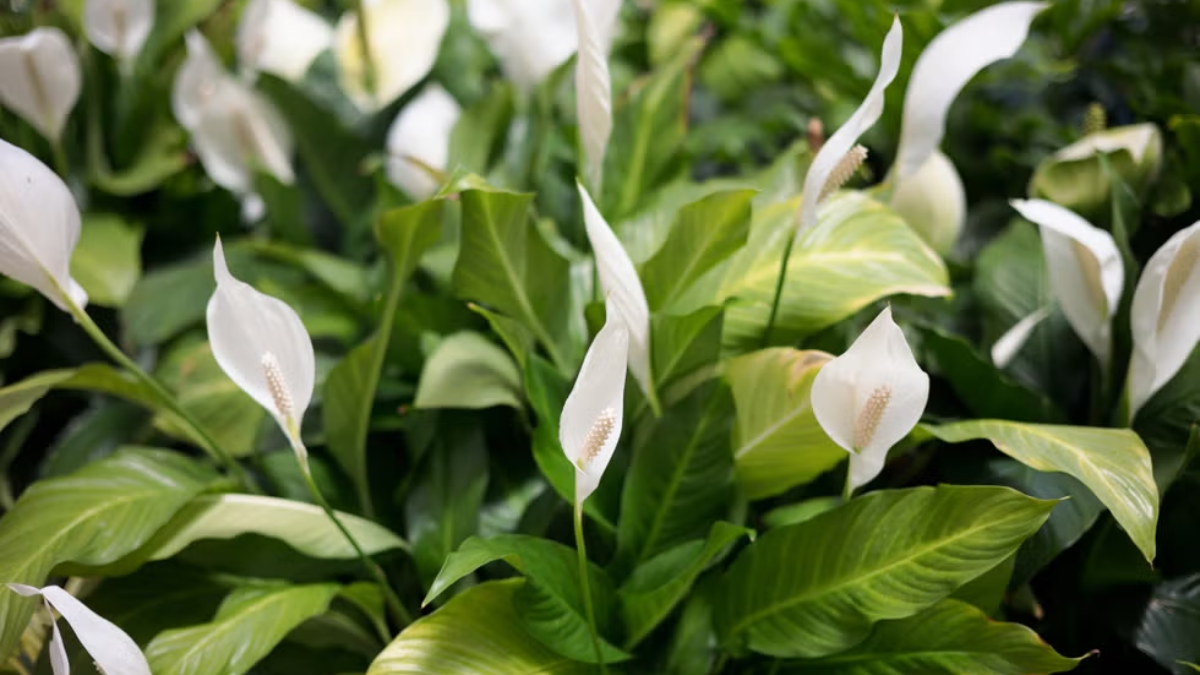




Leave A Comment